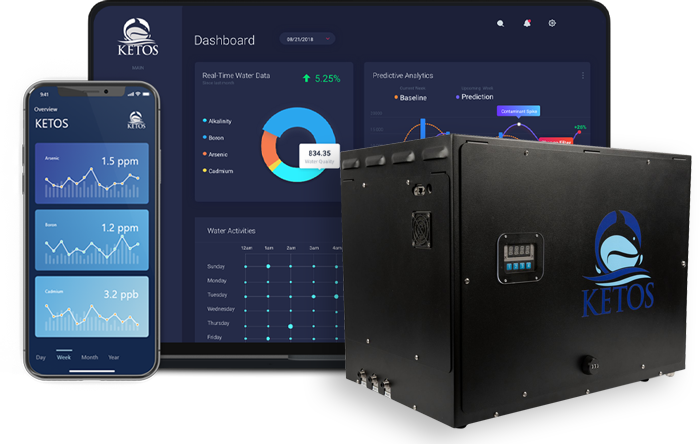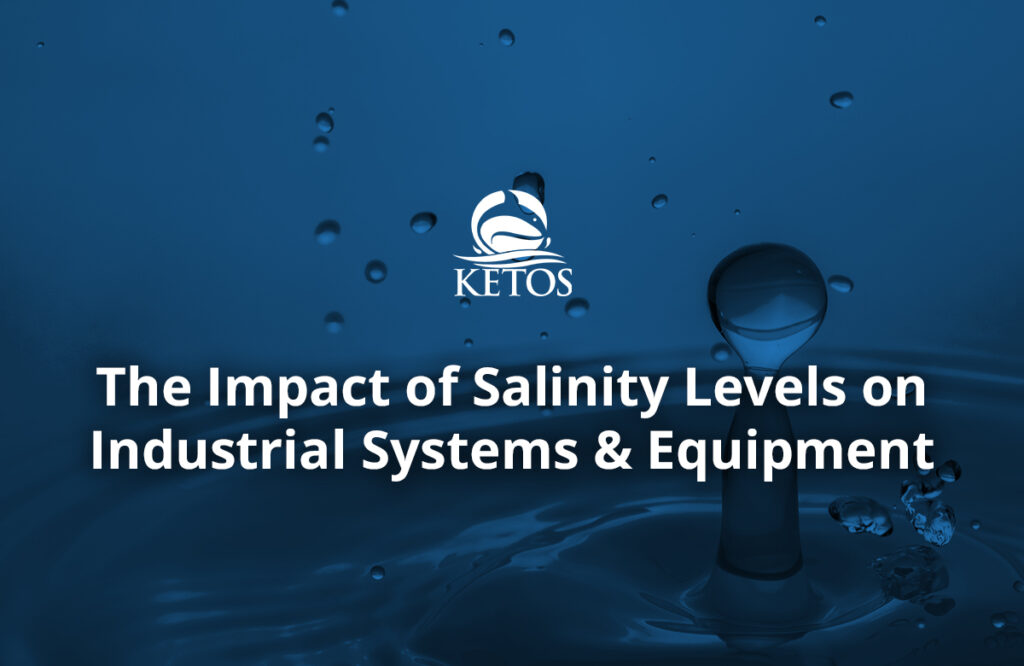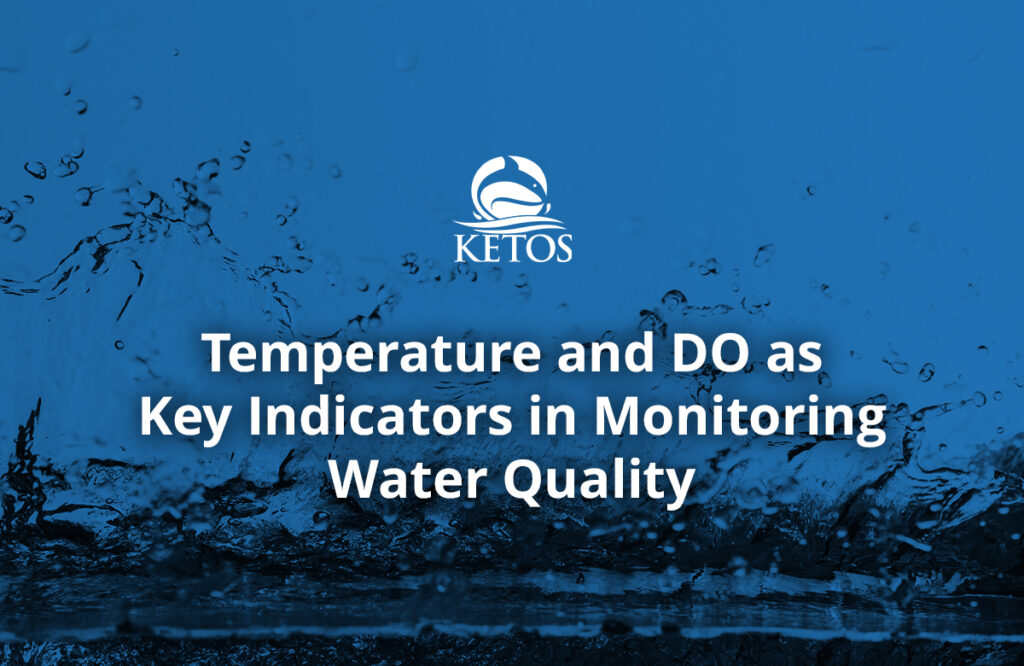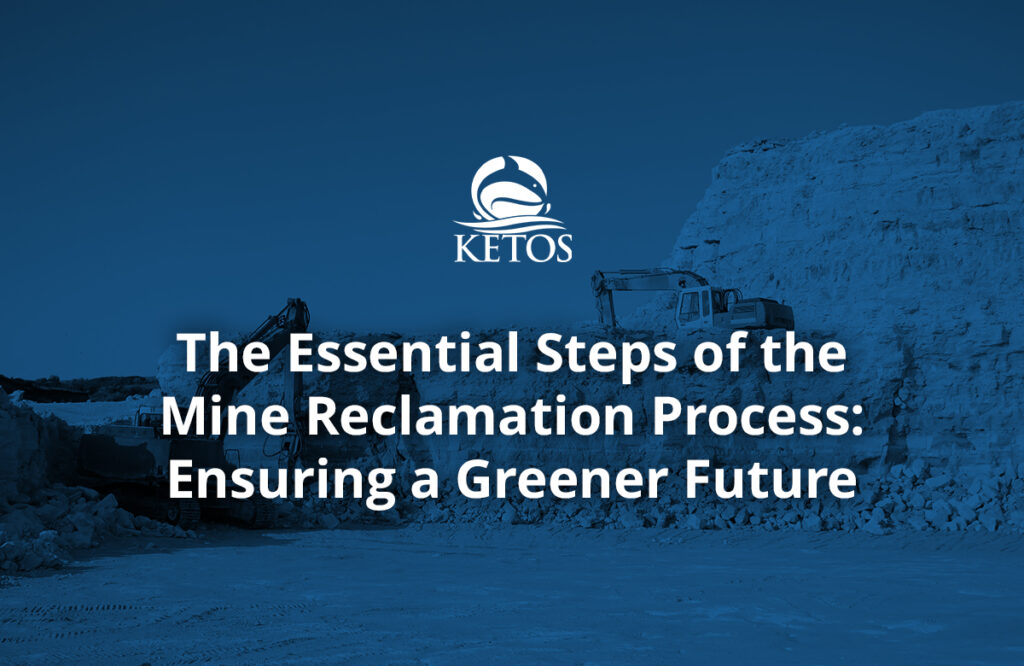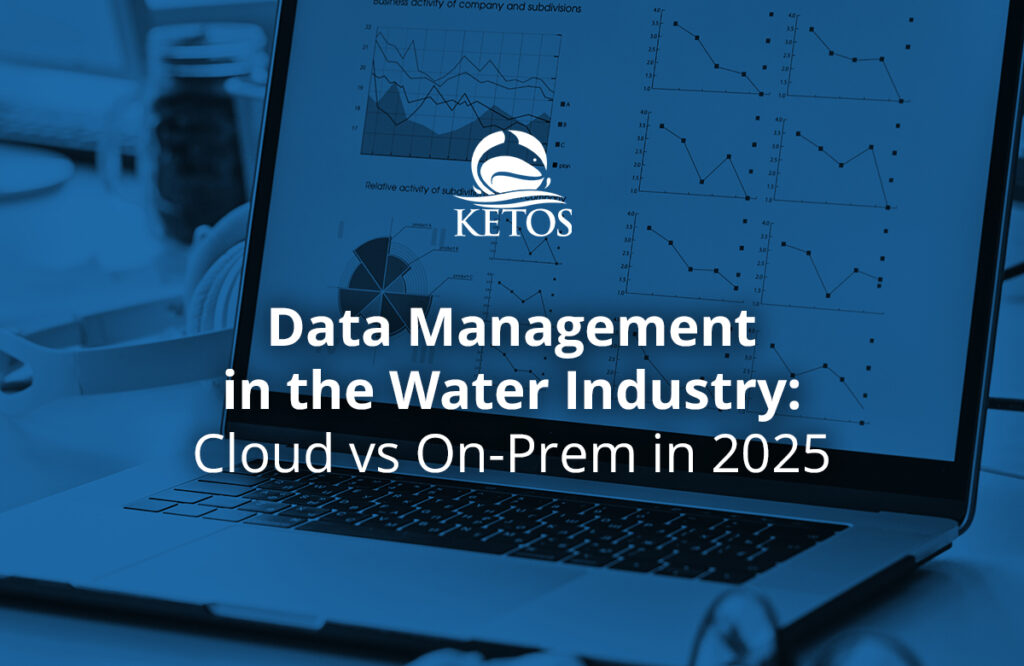Access to clean, potable water is important for public health, economic development, and environmental sustainability. However, increasing water demand due to population growth, industrial activities, and climate change challenges the availability of this vital resource. Wastewater treatment has emerged as a transformative solution, converting used water into a reliable and sustainable source of safe drinking water. By reclaiming wastewater, communities are addressing water scarcity, reducing environmental impacts, and securing a future where clean water remains accessible to all.
Comprehensive Overview of the Wastewater Treatment Process
Wastewater treatment is a systematic process that removes physical, chemical, and biological contaminants from water, ensuring its safety for reuse or discharge. The process is divided into several critical stages, each designed to address specific impurities and meet water quality standards set by regulatory authorities such as the EPA.
1. Preliminary and Primary Treatment
The initial stages of this treatment method focus on removing large particles and suspended solids. During preliminary treatment, screens and grit removal systems filter out debris like plastics, leaves, and sand. The primary treatment then isolates settleable solids through sedimentation, creating a sludge that can be further processed or used as fertilizer. This step reduces the load on subsequent treatment stages.
2. Secondary Treatment
Secondary treatment utilizes biological processes to break down organic pollutants. Microbial communities are introduced to degrade organic matter and nutrients. Systems like activated sludge tanks ensure sufficient oxygen levels to sustain these microbes, which convert pollutants into harmless byproducts. This stage significantly reduces biochemical oxygen demand (BOD) and improves water clarity.
3. Tertiary Treatment
The most advanced stage, tertiary treatment, employs cutting-edge technologies such as microfiltration, reverse osmosis, and ultraviolet (UV) disinfection. These processes target dissolved salts, pharmaceutical residues, and pathogens, ensuring water safety for drinking or specialized industrial applications. Reverse osmosis, for example, uses semi-permeable membranes to separate contaminants at the molecular level, producing high-purity water.
Real-Life Applications of Wastewater Reuse
The transformation of wastewater into potable water is no longer confined to laboratories or experimental facilities. Cities across the United States are adopting large-scale projects to secure water supplies while reducing environmental impact. Los Angeles, for instance, has committed to a $740 million facility in the San Fernando Valley. Once completed, it will convert up to 20 million gallons of wastewater into drinkable water daily, serving approximately 250,000 residents.
Similarly, Westminster, Maryland, is advancing its “toilet-to-tap” initiative to address water scarcity in the region. The program emphasizes public engagement to build trust in the safety and quality of treated water. These projects demonstrate the scalability and feasibility of wastewater reuse, inspiring other municipalities to adopt similar approaches.
In the private sector, KETOS is pioneering innovative solutions for water quality monitoring and efficiency. A notable example is the deployment of the KETOS SHIELD by the Southern Nevada Water Authority (SNWA). This advanced system helped automate water quality monitoring across remote locations, significantly reducing costs associated with manual sampling. The KETOS SHIELD provides real-time, lab-accurate data for over 30 parameters, enabling operators to ensure water safety while proactively addressing quality concerns.
The success of this implementation highlights how KETOS’s technologies integrate seamlessly into wastewater reuse systems, helping facilities meet strict regulatory standards and enhance operational efficiency. By leveraging predictive analytics and cloud-based reporting, KETOS solutions ensure that water reclamation projects operate sustainably and reliably, reinforcing the critical role of technology in modern wastewater management.
Environmental and Economic Benefits of Wastewater Reclamation
Beyond providing a sustainable water source, wastewater treatment delivers extensive environmental and economic benefits. Key advantages include:
- Resource Conservation: By reusing treated water, facilities reduce the strain on freshwater ecosystems and aquifers, preserving these resources for future generations.
- Pollution Mitigation: Treating wastewater prevents harmful contaminants from entering rivers, lakes, and oceans, protecting aquatic habitats and biodiversity.
- Cost Efficiency: Advanced facilities like the GWRS in Orange County, California, highlight the cost-effectiveness of treating wastewater compared to transporting water from distant sources or relying on energy-intensive desalination plants.
- Energy Optimization: Many wastewater treatment plants now incorporate energy recovery systems, such as anaerobic digesters, to generate biogas from organic waste, offsetting operational energy costs.
These benefits make wastewater reclamation a compelling solution for regions facing water scarcity, pollution, and high water-related costs.
Real-Time Monitoring: A Game-Changer in Wastewater Management
Effective wastewater treatment relies on precise and continuous monitoring of water quality parameters. Real-time monitoring systems, such as those offered by KETOS, revolutionize this process by providing actionable insights into water quality at every stage of treatment.
The KETOS SHIELD, for example, monitors over 30 parameters, including heavy metals like lead and mercury, as well as pH, nitrates, and dissolved solids. This real-time data enables operators to identify and address potential issues immediately, reducing downtime and ensuring compliance with regulatory standards. Additionally, the system’s predictive analytics capabilities allow facilities to anticipate maintenance needs and optimize resource allocation.
Real-time monitoring is not limited to quality assurance. Advanced IoT systems also enhance operational efficiency by integrating with existing SCADA systems and providing threshold-based alerts. This reduces the need for manual sampling and analysis, streamlining operations and cutting costs.
KETOS: Transforming Water Management Practices
At KETOS, we are transforming water management with our fully integrated solutions that combine real-time monitoring, predictive analytics, and automated systems. Designed for industrial, agricultural, and municipal applications, our technology ensures optimized water quality and operational efficiency.
- Our KETOS SHIELD delivers lab-accurate, real-time monitoring for over 30 water quality parameters, helping you meet stringent regulatory standards.
- With our $0 CAPEX model, you gain access to unlimited testing frequency, automated reporting, and seamless integration without upfront costs.
- The KETOS WAVE tracks critical metrics like flow, pressure, and volume, giving you precise control over water usage and efficiency.
- Predictive analytics enable you to identify and resolve potential issues before they arise, reducing risks and ensuring uninterrupted operations.
Let KETOS help you turn wastewater into a valuable resource. Request a demo today to learn how our solutions can revolutionize your water management practices.
